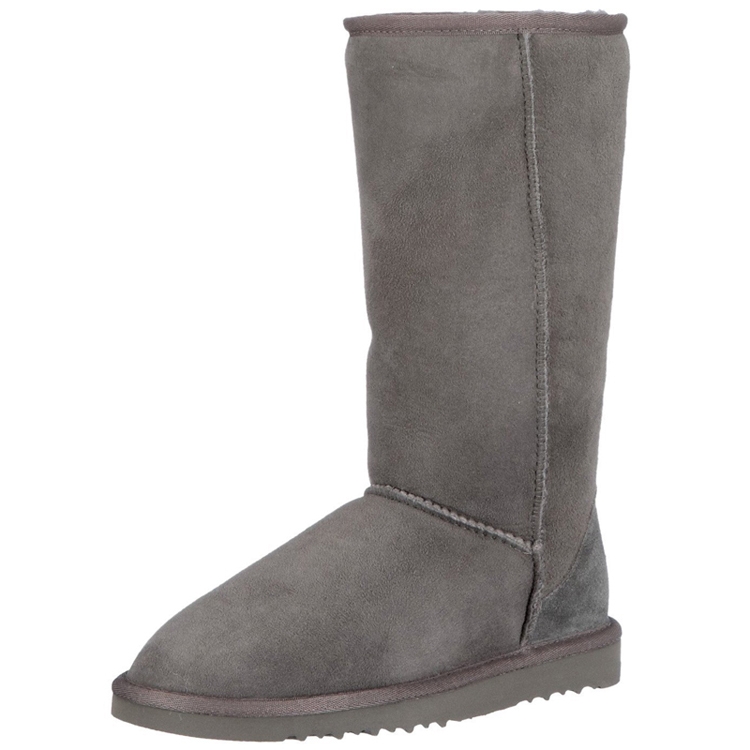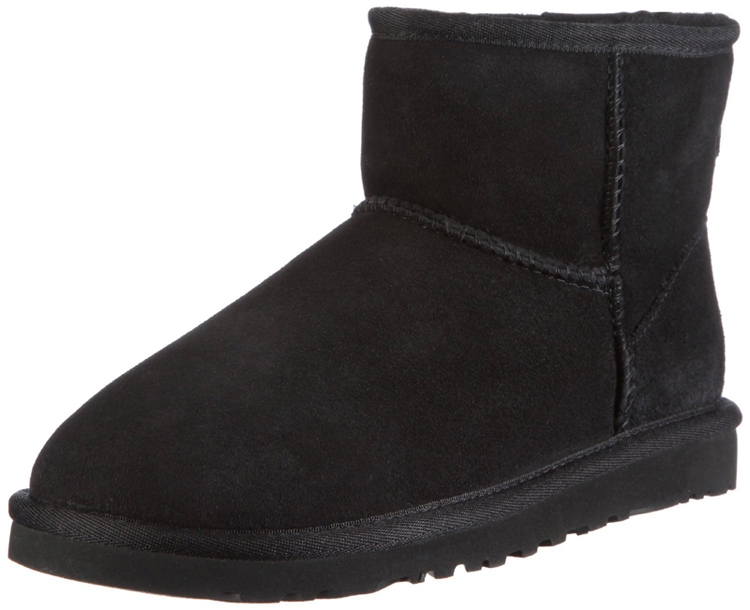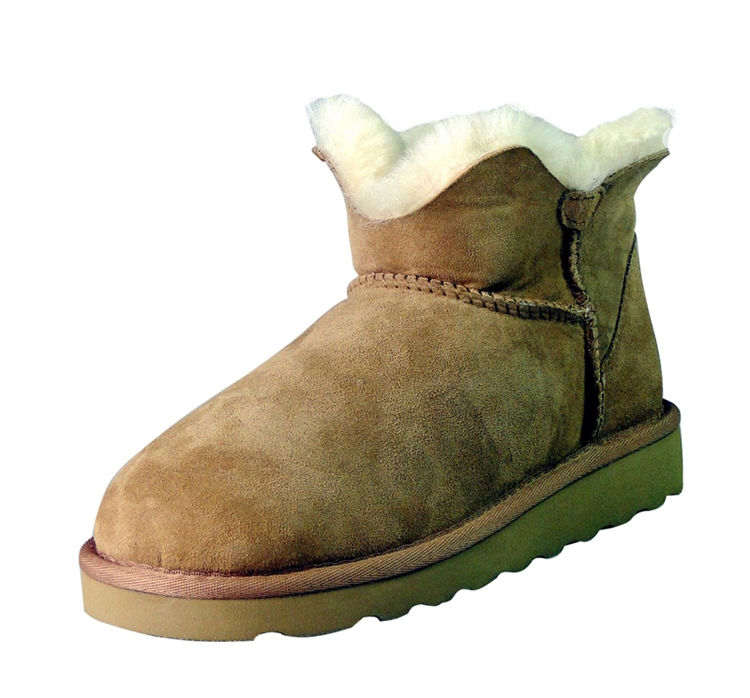Regardless of how you’re getting to a ski resort, you’ll need snow boots once you get there. Whether it’s walking to the lodge, locking up your skis, or even walking back to your hotel, you’ll have to tromp through snow. A good pair of snow boots is very handy, and many of today’s boots double as chic boots for the apres ski scene. We stick some of the top snow boots for women, children and men that will keep your feet warm, but will also keep you fashionable during apres-ski.
The Proper Height of a Snow Boot
Snow boots should extend at least above the hem of your pants, and preferably above your ankle to keep snow from getting inside the boot.
Snow Boot Uppers
The uppers of snow boots are usually made from leather or nylon, and often feature sealed or taped seams for added protection from moisture.Some snow boots have the features of a fleece collar or “cuff,” or a drawstring closure at the top of the boot to help keep snow and cold out.
The Soles of Snow Boots
The sole of a snow boot should be made of 100% waterproof material, such as rubber. Waterproof soles and boot bottoms provide protection from wet and cold conditions as well as making cleaning of your snow boots very easy, as they can just be hosed down, or rinsed off.
Children’s Apres
Whether your kids will need snow apres or winter boots depends largely on your local weather conditions, but if your children are exposed to snowy, icy, or wet conditions, it’s important to recognise the difference between winter boots and snow boots. While winter boots may help to keep feet warmer, snow boots will typically have more insulating features, and will provide added traction for icy or slippery conditions. Gumboots and other plastic/rubber boots will not provide good insulation they will make your childs feet cold, no matter how many socks they wear.
What to Look for in Snow Boots for Kids
To be sure you’re kids stay warm and dry, look for boots with waterproof uppers, traction outsoles and interior insulations. The boots should extend beyond the ankle, and the shaft should fit snugly, or have a top closure to prevent snow from getting down into the boots.
For maximum protection from the elements, opt for pull-on or collared boots with substantial closures instead of boots with movable tongues or laces that could come untied. In addition to the fact that untied laces make slippery conditions even more treacherous, a unsecured tongue can let water and snow in. Front laces are very helpful for insuring a good fit, but they should have some kind of lock closure that will keep them tied. Top laces or drawstring ties are good as they help tighten the tops of the boots, preventing snow and ice from entering.
From: http://www.skiandboard.com.au/index.php/apres/?___store=default
Click the following pictures!









 Category:
Category:  Comments:
Comments: 





Social Profiles